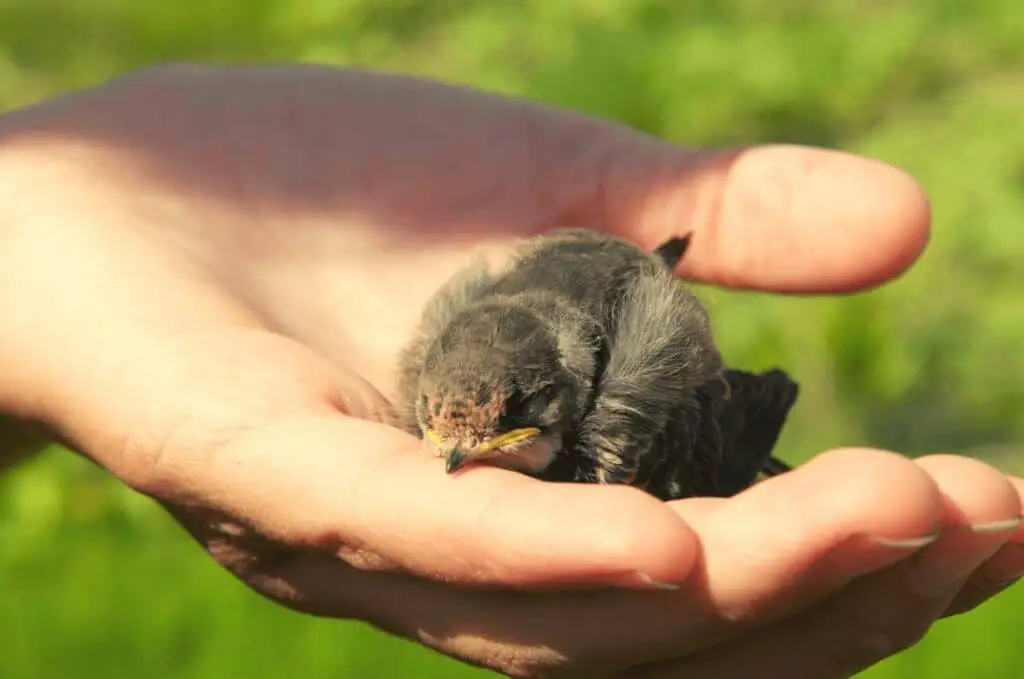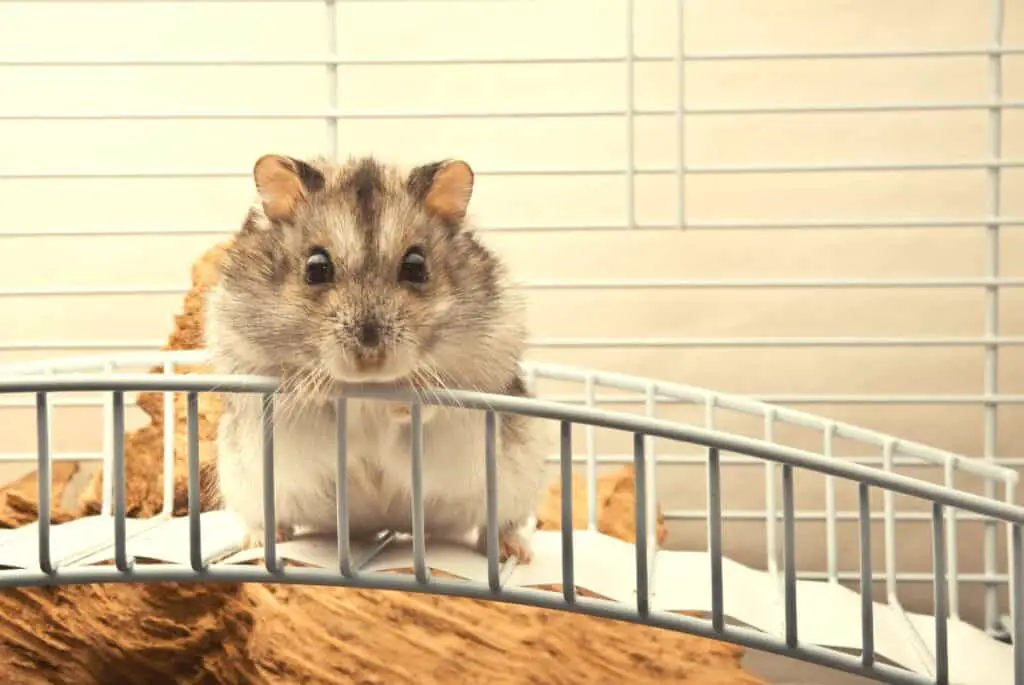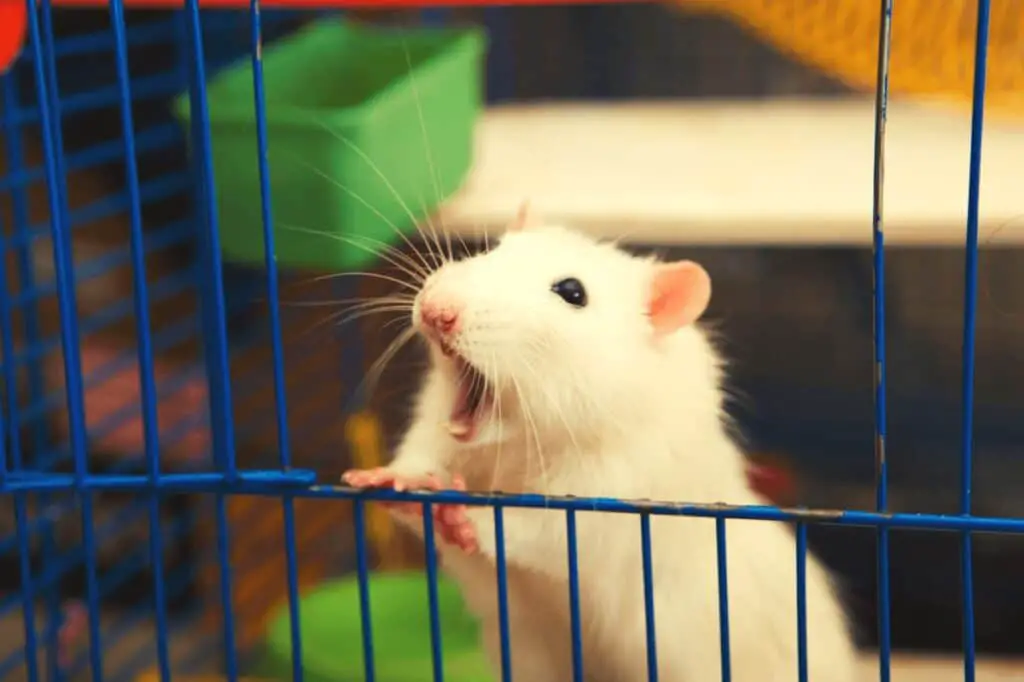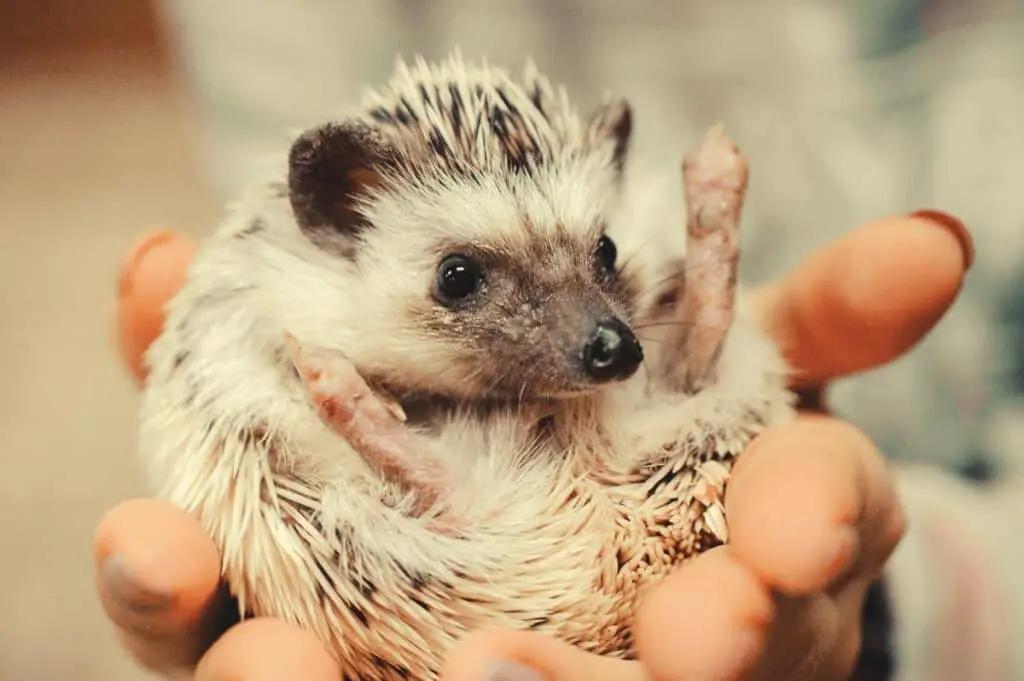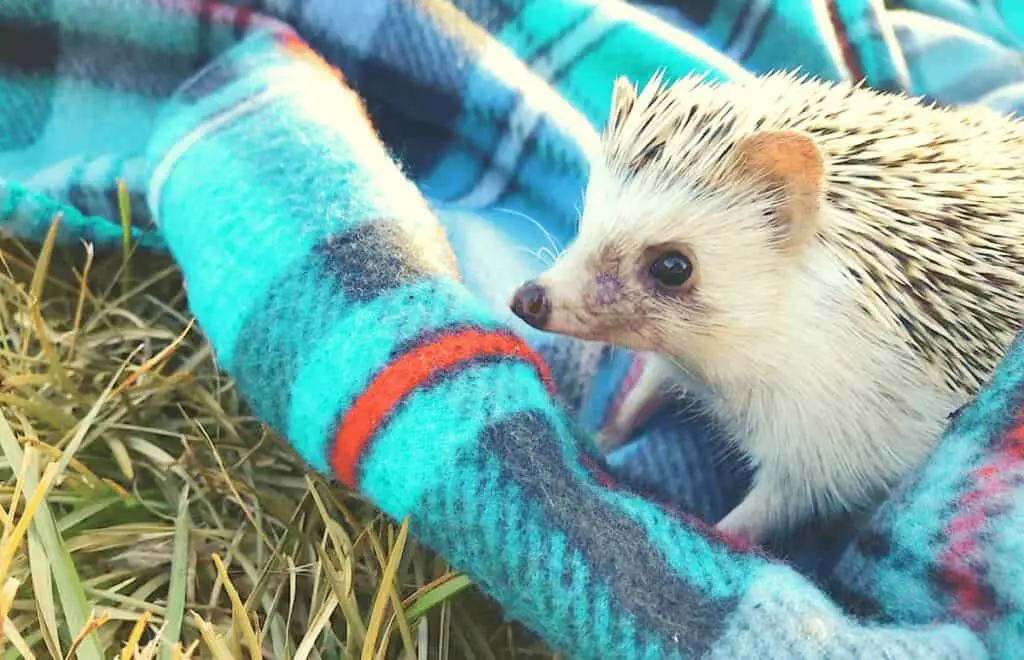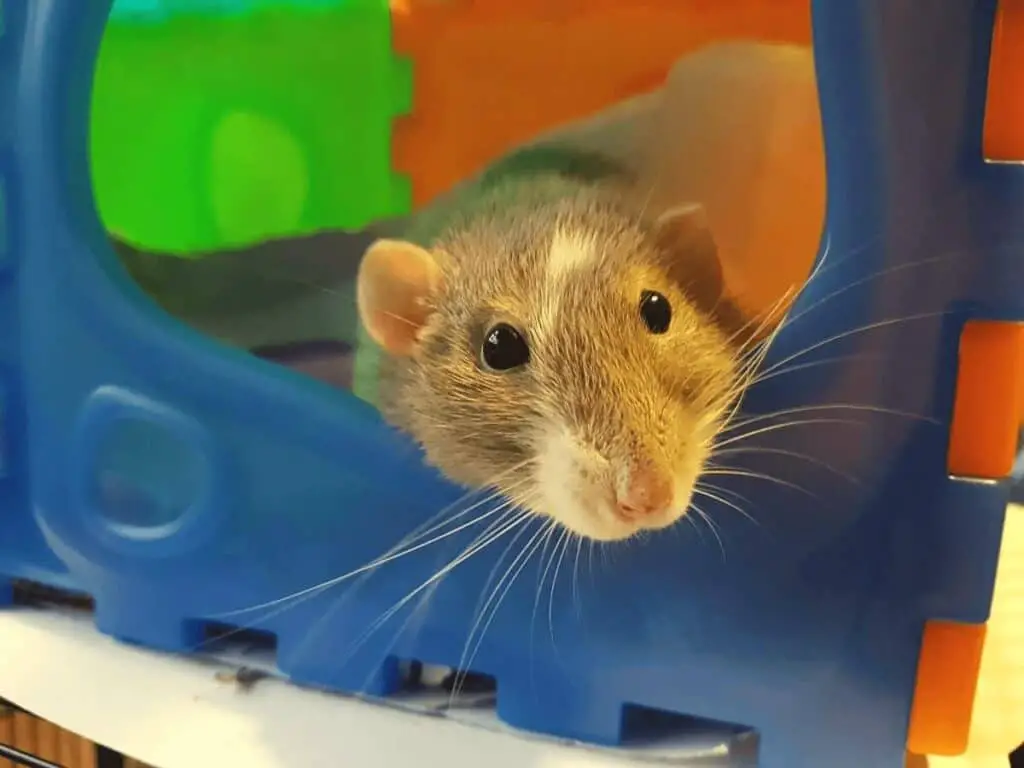Can rats eat green beans? The short answer is yes, but many rat owners are confused by the information they can find about beans in general. After reading this article you will know exactly how and why rats can have green beans.
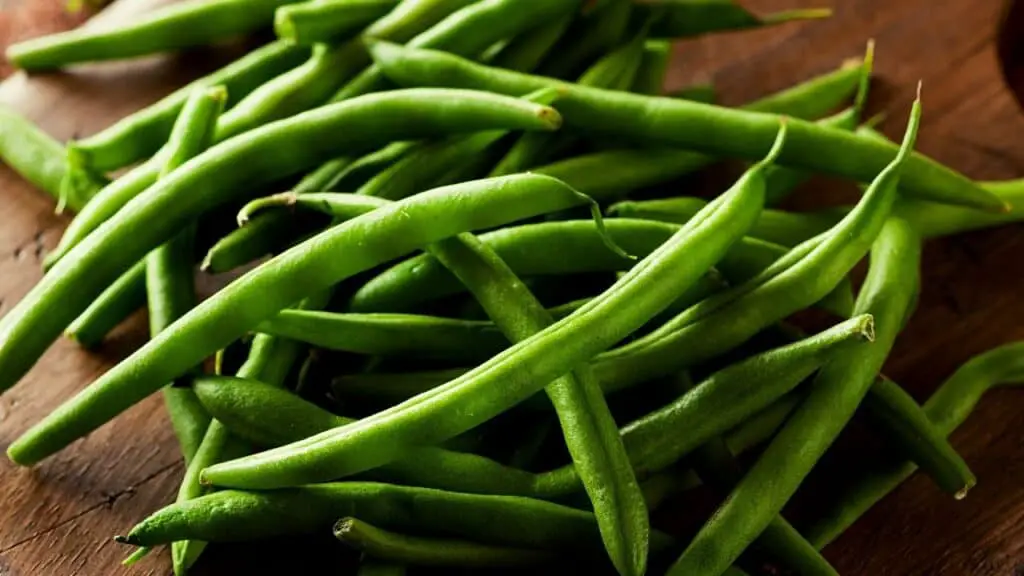
I did quite a lot of research for this article and dived deep into beans, legumes and their differences. So I hope you find the answer you are looking for and enjoy my blog.
Are Green Beans Safe For Rats?
Most beans contain relatively high amounts of anti-nutritions. These substances can have an impact on absorbing minerals and nutritions like iron or calcium. [1] Some experts say, that even more serious issues like obesity, chronic inflammation, and autoimmune diseases might be tied to anti-nutrients.
Lectins are the type of anti-nutrients that mostly occur in beans. One of them is phytohaemagglutinin and can cause red blood cells to clump together. [2]
All the statements above are the reason why rat parents are so cautious with green beans.
But often it is good to take a further look. For beans that means that there are large differences between the type of beans and the values of lectins.
Compared to kidney beans which are often referred to as high in lectins, green beans are on the lower end of the spectrum. [3]
Of course, you can still find some of them in there but it is unlikely that your rat will suffer from eating green beans.
Nutritional Value Of Green Beans
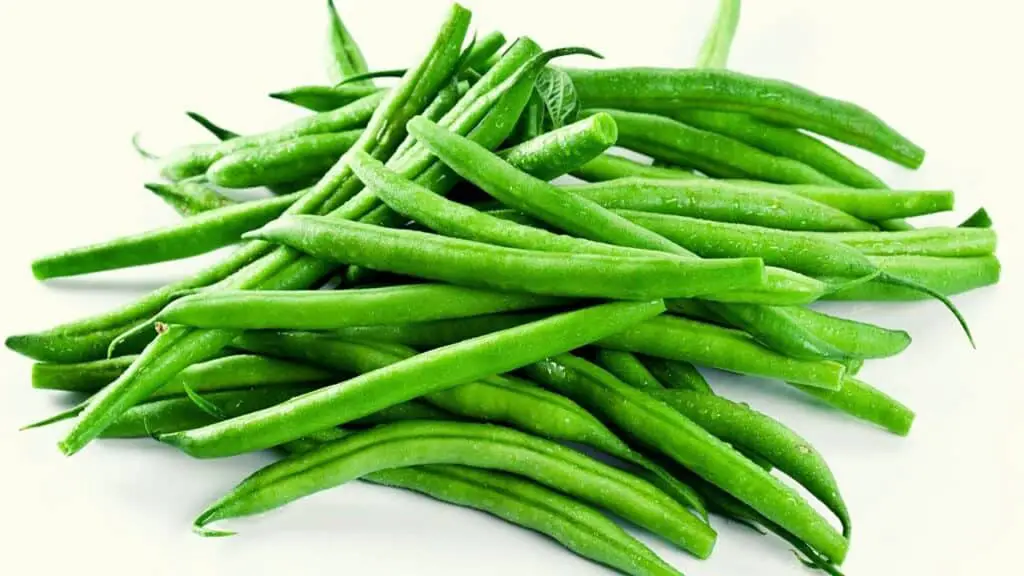
Let’s jump into the topic of the nutritional value of green beans now that we know they are safe. As you might guess, there is a lot to discover.
Below you find a table of the nutritional value of raw green beans per 100 g:
- Calories: 31
- Carbohydrates: 7.1 g
- Sugar: 1.4
- Fiber: 3.4 g
- Protein: 1.8 g
- Fat: 0.1 g
All the data is from nutritiondata.self.com. With legumes, the actual concentrations can change a bit depending on where and how the plants were grown.
As you can see green beans are very low in fat and calories in general. With 3.4 g of fiber on the other side, it’s a good source for that.
Of course, you can also find a lot of vitamins and minerals in the legume. The vitamins a, b and k are the ones that stand out in regards to their concentration.
Additionally, thiamin, riboflavin, niacin and folate are components even if the numbers are a bit smaller.
Coming to minerals, there is variety but no single element comes along in huge numbers. To name a few, iron, copper, calcium and magnesium are some among many others.
How Much Green Beans Can Rats Have?
There is no real limit to how much green beans rats can have. The optimal diet for rats should be at least between 10 and 20 % of fresh food. The rest should be high-quality rat food. But you will need to bring some more variety into play.
Feeding only green beans as fresh food isn’t a good idea.
Even if green beans contain only a few anti-nutrients, it probably is best to limit them. Especially because many rats like them very much.
Have also in mind, that legumes can cause flatulence at least when the stomach isn’t accustomed. Introduce them slowly and put only a few in the food bowl. In my opinion, the best option is to use them more as an occasional treat than making them a regular part of the diet.
Raw, Cooked Or Canned?
Rats can eat all variants of green beans from raw to canned. You don’t have to limit yourself in this regard.
Have in mind, that lectins are destroyed while cooking. If you want to reduce their concentration even further, this might be a good idea.
Canned beans are also a good choice. A big plus point is that they are already cooked and easy to feed. Just make sure that they come without salt, sugar and other unhealthy additives.
Green Beans Alternatives
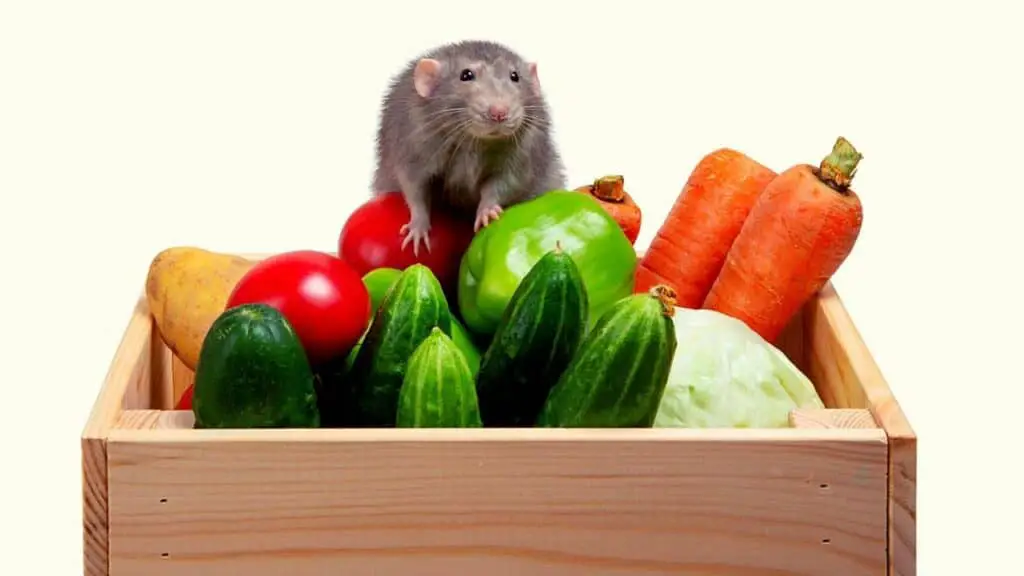
Green beans are safe and contain some healthy stuff. Concerning anti-nutrients, I would say the pros outweigh the cons.
But I think there are a lot of better alternatives. I don’t say that because I’m afraid of lectins. It’s just that there are veggies that have a more balanced profile of nutrients.
In the list below you find some vegetables that might be worth a try:
Vegetables:
Fruits:
- Apples (without seeds)
- Blackberries
- Blueberries
- Cherries
- Cranberries
- Grapes
- Kiwis
- Melons
- Papayas
- Raspberries
- Strawberries
It’s not difficult to feed a healthy diet and variety is always king. Choose some things from the list above and see what your rats like most.
Going from there you can add some new vegetables every now and then. Enrichment is a very important aspect of rat care and the diet is a good starting point for making life more fun.
Wrapping Things Up
Rats can eat green beans and it doesn’t matter if they are raw, cooked or canned. Some rat owners are confused by the information about beans and lectins they can find on the internet.
Green beans are legumes and contain only small amounts of anti-nutrients, so there is nothing to worry about.
That said, other vegetables and fruits are often more interesting due to a better nutrition profile.
I wouldn’t buy green beans especially for my rats, but if I need some for a recipe I want to cook, why not share the joy with them?

